Hunting for Northern Lights: Aurora Borealis in Art
With mesmerizing colors dancing in the night sky, witnessing an aurora must feel like being inside of a painting. What are the northern lights and...
Marta Wiktoria Bryll 20 January 2025
In the first quarter of the 20th century, Paris was the center of artistic and intellectual activity. Artists, actors, dancers, poets, writers, philosophers from around the world went to Paris to discover the magic of the City of Lights. Champs Elysées, cafés, Montmarte, the banks of the Seine were iconic even then. One of the artists that became known for painting Parisian life and nightlife is Jean Béraud.
Jean Béraud was born in 1849 in Saint Petersburg, Russia, to a French family. When he was still young his father passed away, and the family moved to Paris. Béraud originally trained to be a doctor. When the occupation of Paris occurred during the Franco-Prussian war in 1870, he changed careers. He attended the École des Beaux-Arts and became a student of Léon Bonnat.
Béraud exhibited his paintings at the Salon in 1872 for the first time. Nevertheless, he gained recognition only four years later with the painting Leaving Montmartre Cemetery. In 1889, he exhibited along with the Society of French Watercolorists at the World’s Fair in Paris.
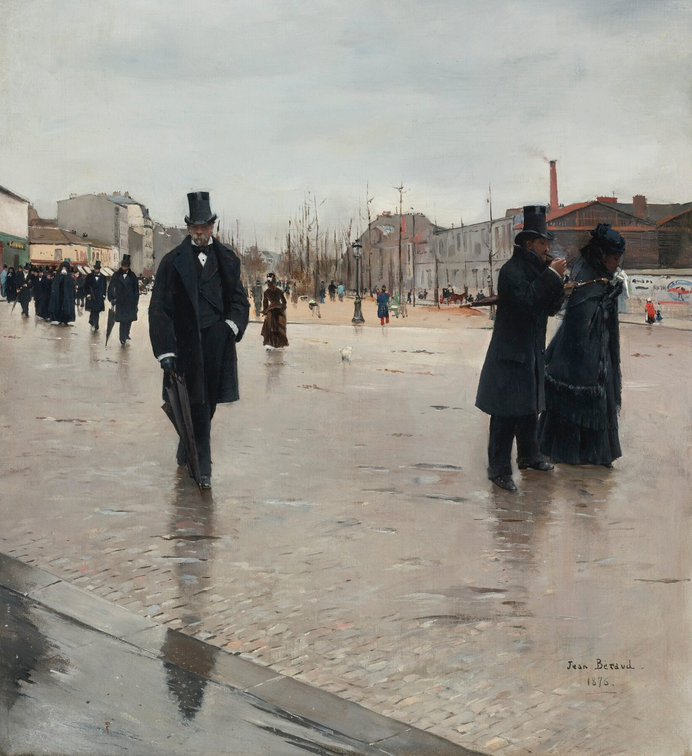
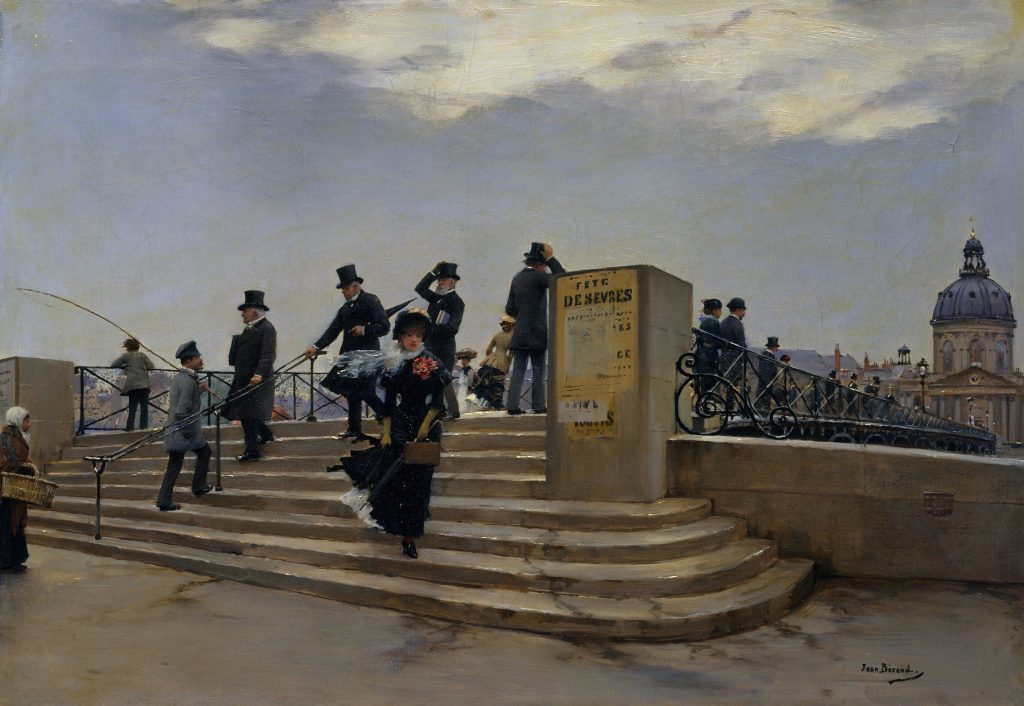
Béraud painted many scenes of Parisian daily life during the Belle Époque. Originally he painted in the academic style but he gradually shifted to Impressionism. That is, he incorporated realism and satire into his paintings. In particular, his mockery of Parisian societies aroused great controversy. Also, he loosened his brushstrokes, connecting to the Impressionist technique.
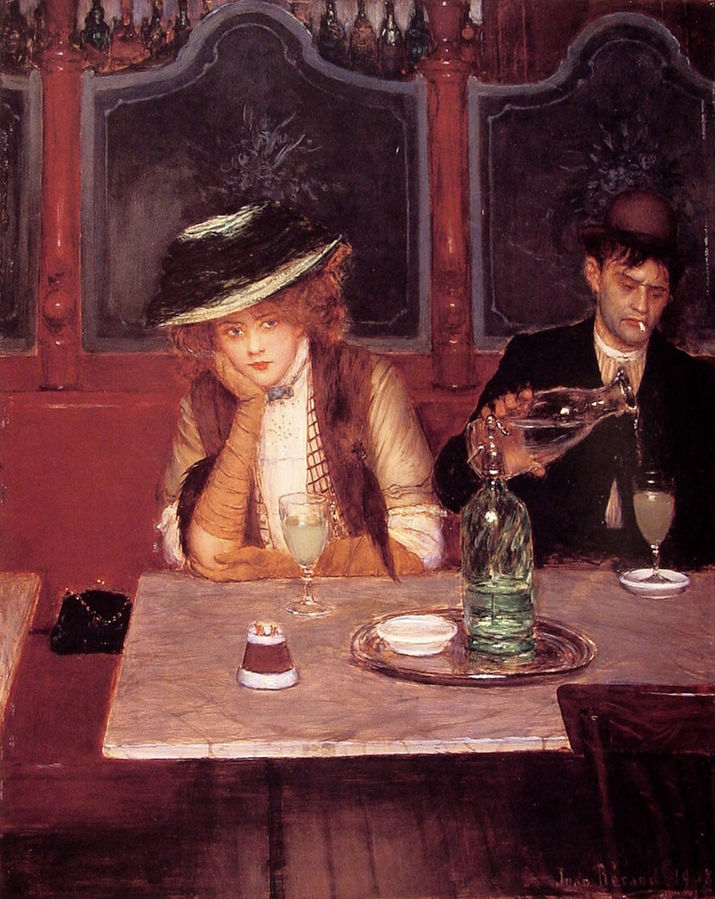
Just like his close friends, Édouard Manet and Edgar Degas, Béraud chose to depict the busy life of Paris, rather than suburban landscapes and their surroundings as his fellow Impressionists did.
Another subject that appears frequently in Béraud’s work is various biblical characters in then contemporary situations. These paintings also sparked controversy.
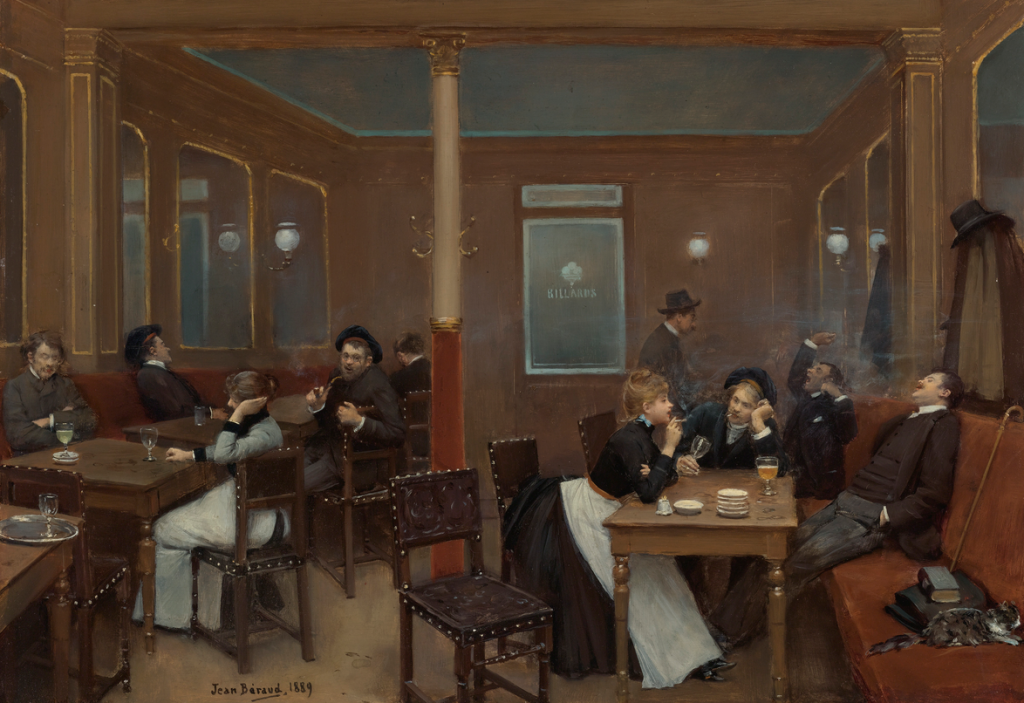
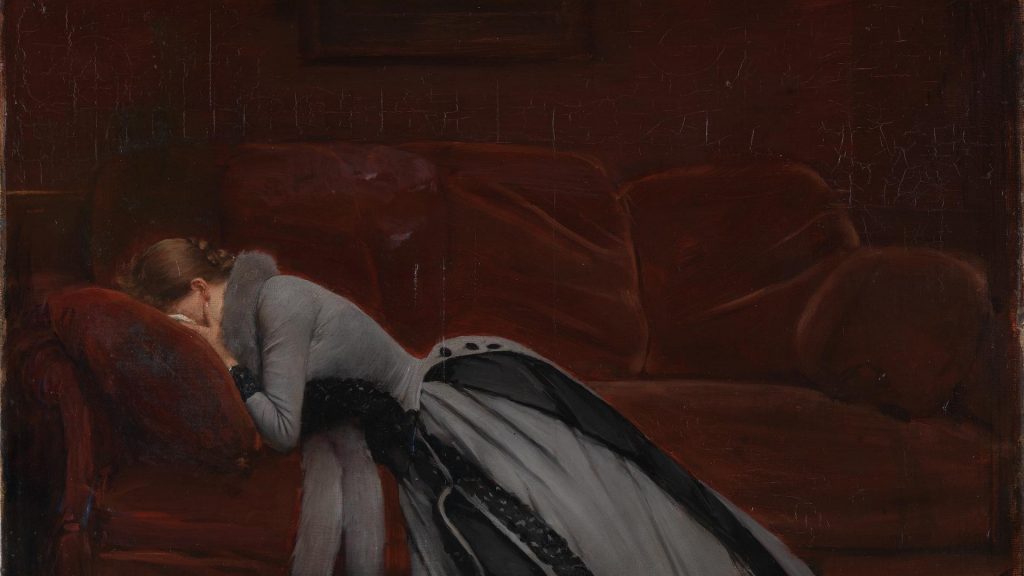
Jean Béraud’s paintings were popular in France. Guy de Maupassant was actually one of the artist’s biggest fans. However, this was not the case in Russia. After the Russian Revolution, Russian artists were very sardonic towards him. According to their opinion, his works personified Western civilization. That is commercial consumption and the tastes of the rich middle-class.
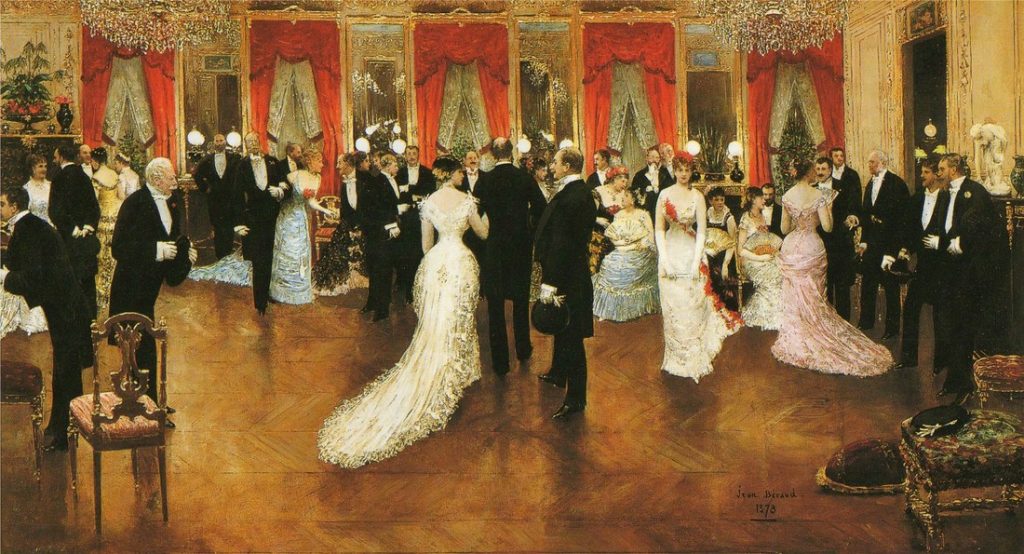
Today he is a popular painter of la Belle Epoque. His works can be found in some of the greatest museums in the world such as the Louvre, the Metropolitan Museum in New York, the Art Institute of Chicago, etc. Moreover, his works sell at high prices in auctions. For example, the Avenue Parisienne was sold for $1.5 million and Bois de Boulogne for $1.8 million at Sotheby’s.
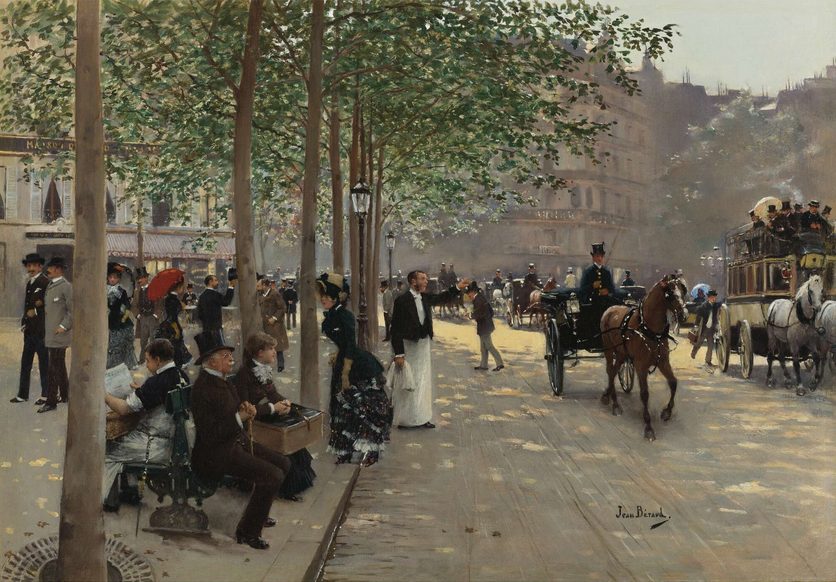
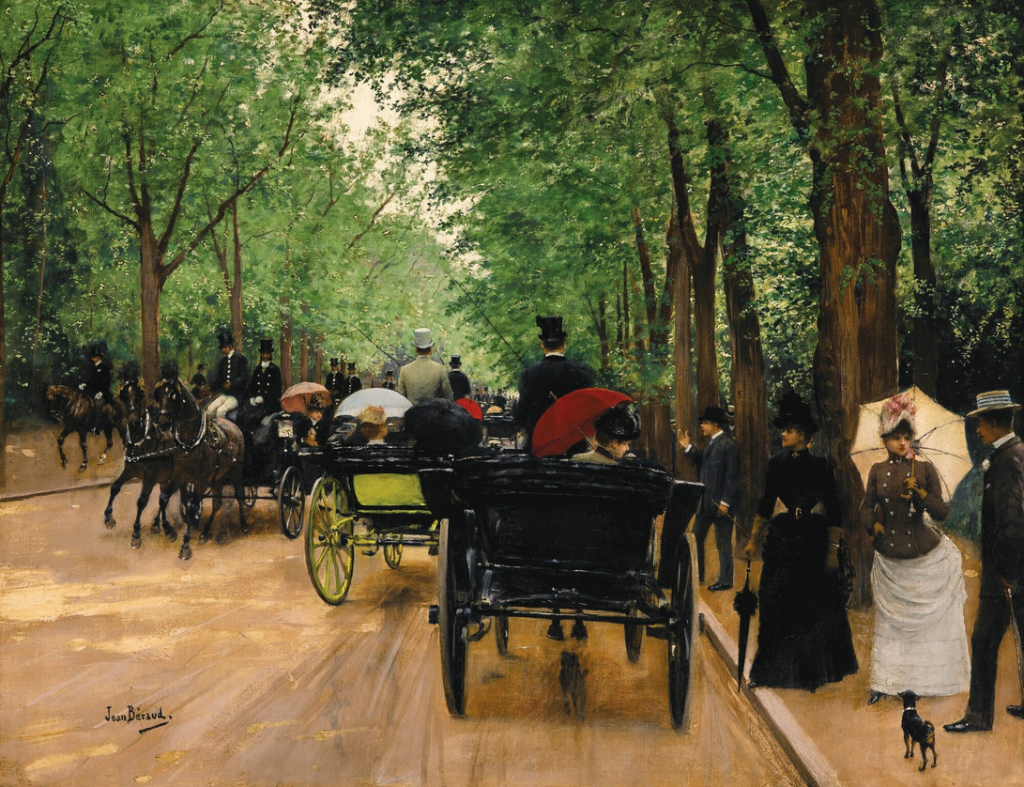
DailyArt Magazine needs your support. Every contribution, however big or small, is very valuable for our future. Thanks to it, we will be able to sustain and grow the Magazine. Thank you for your help!